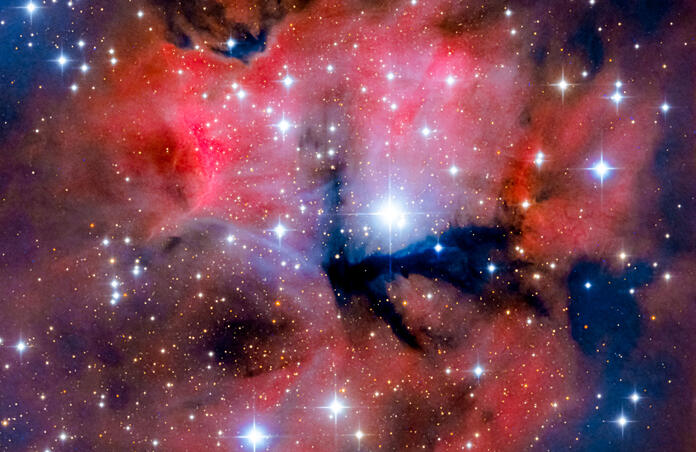What is the Full Width at Half Maximum (FWHM) and why is it so important?

There is a measure in astronomy that is called full width at half maximum (FWHM).
National Schools Observatory describes it as: "The Full Width Half Maximum (FWHM) is a measure of the quality of an astronomical image based on how much the telescope and atmosphere have smeared a point source in an image over several pixels in the CCD."
Simply put, it describes how much a point of light spreads out. The narrower the width, halfway up the intensity curve, the pointier the star is. It does not spread out much.
The FWHM does not vary with star intensity. The bright stars in an image appear much "bigger." The FWHM is about the same, regardless of the brightness. Because a brighter star will have a more powerful or taller intensity signal and be wider overall - but it still maintains the same profile shape.
When the profile gets taller, the middle where measuring the width of the star (which is halfway up to the max intensity) also rises, stays about the same.
FWHM is constant regardless of star intensity. It is a good measure of sharpness. As conditions get fuzzy for seeing, focus, or guiding quality, the width spreads out in relation.
The lower an FWHM value is, the better, essentially sharper, the image. A value of 2.0 or below, measured in arcseconds, is a good value for FWHM.
GUM15 PREMIUM PRO DATA SET
Gum15 Premium Pro Data Set.
So rich, so much data.
SPECIFICATIONS
Telescope: CHI-1
Camera: FLI ProLine PL9000
Location: El Sauce Observatory, Chile
Date of observation: 29 OCT 2020
Filters: RGB
Processing: PixInsight, AutoIntegrate script by Jarmo Ruuth, LightRoom
Credits: Image by Adam Block, Processing by Jim DeLillo
This blog post was originally published in our Telescope Live Community.
The Community represents Telescope Live's virtual living room, where people exchange ideas and questions around astrophotography and astronomy.
Join the conversation now to find out more about astrophotography and to improve your observation and post-processing skills!
